Our climb up Mount Strzelecki ~ March 19

Flinders Island Walkabout
( More Furneaux Island Photos Here )“How’d you say that?” questioned Brian, the tall, slender, self-proclaimed leader of the four who had earlier walked ashore after kayaking across Bass Strait.
“Friendship Is Why We Travel,” I answered. “That’s a chapter in a book I wrote called ‘Where Wild Winds Blow.’ It’s now in electronic format. I’ll send you a copy.”
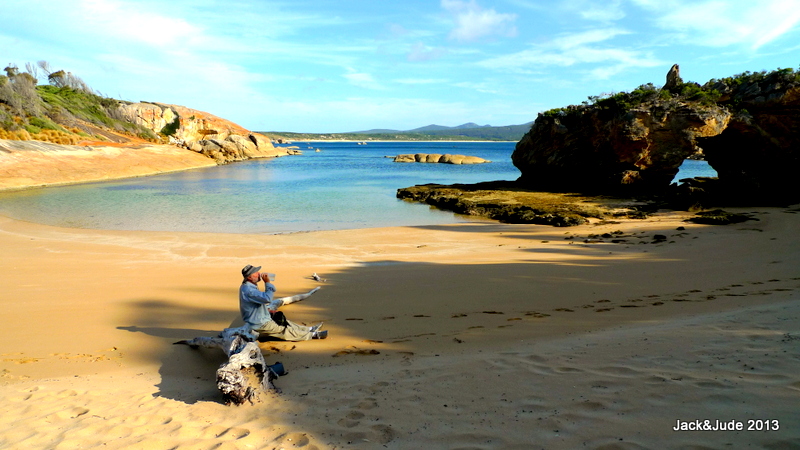 Just those few words started a lively discussion between the kayakers and us, and a father and son bicycling around Flinders Island. Someone suggested we travel for the magnificent scenery seen at times. Another said the freedom of an amazingly clear sky punctuated by a single golden orb. Or is it the people? Or the whole enchilada – the collage that is Earth, providing wonder, adventure, and entertainment. Where knowledge is gained by simply observing life and the pleasures of being close to Mother Earth lets us put up with the downside of being an explorer. The uncertainty, discomfort, the hard work.
Just those few words started a lively discussion between the kayakers and us, and a father and son bicycling around Flinders Island. Someone suggested we travel for the magnificent scenery seen at times. Another said the freedom of an amazingly clear sky punctuated by a single golden orb. Or is it the people? Or the whole enchilada – the collage that is Earth, providing wonder, adventure, and entertainment. Where knowledge is gained by simply observing life and the pleasures of being close to Mother Earth lets us put up with the downside of being an explorer. The uncertainty, discomfort, the hard work.
A few years ago Jude and I sailed to Flinders Island and our experiences then had been quite different. Stormy weather had put us on the run, with sleepless nights, dragging anchor, fearing rocks astern. But this time, after lashing Banyandah to a stout mooring provided by Garth, Lady Barron’s friendly Harbour Master, under a still azure sky we chucked our loaded rucksacks into Little Red then rowed ashore seeking new adventures.
Struggling along Lady Barron’s Esplanade, the load of our sacks was eased by the myriad blue channels of Franklin Sound serenely dotted with blanched granite islands splashed with red lichen. All was silent. Not a soul in sight. None until reaching four corners and finding the road out of town encumbered by sedans and 4WDs haphazardly parked next to the Memorial Hall. A display of maritime memorabilia was beginning that Saturday morning, and the previous day I had promised to provide a DVD of our Australian Circumnavigation to play on their small screen.
Our floating home, now gone from sight, was also gone from our thoughts. We had secured our lady best we could by closing every seacock, shutting down the electrical system, packing the fridge with containers of water before running it down to near freezing, filling dead spaces with towels. This routine saves our veggies and dairy products for a number of days; we keep nothing frozen so can go away anytime we please.
Maritime Display
Dumping our sacks against the grey concrete venue, a hearty, “Could you give us a hand,” greeted our arrival. Besieged by morning breeze, a rotund fellow was attempting to sizzle sausages and in no time we swapped round his BBQ and tables, all the time chatting six a minute.
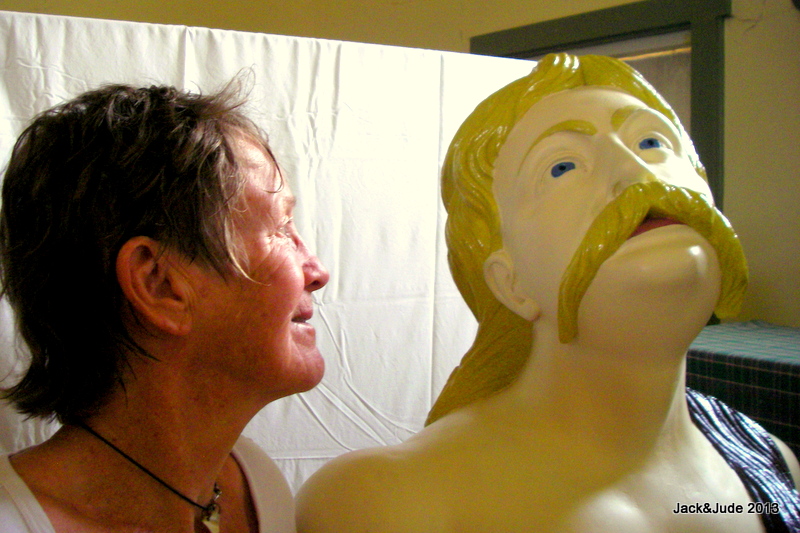 Inside the hall, a major transformation had taken place since being empty the day before when we’d helped shift the central showpiece; the figurehead taken off the Norwegian Barque Farsund that had run aground on Vansittart Shoals in 1912. This morning the walls were adorned with 240 years of maritime history. This is a locally produced display of memorabilia that has been passed on through generations, just as the ships and tenders had served several generations. Although the vessels are now mostly gone, the families still gather to talk about the ‘good old days.’ Down the centre of the hall, lines of tables displayed more articles from the past; logbooks, family albums, certificates, a few portholes and other bits. Gathered in groups, locals were reminiscing.
Inside the hall, a major transformation had taken place since being empty the day before when we’d helped shift the central showpiece; the figurehead taken off the Norwegian Barque Farsund that had run aground on Vansittart Shoals in 1912. This morning the walls were adorned with 240 years of maritime history. This is a locally produced display of memorabilia that has been passed on through generations, just as the ships and tenders had served several generations. Although the vessels are now mostly gone, the families still gather to talk about the ‘good old days.’ Down the centre of the hall, lines of tables displayed more articles from the past; logbooks, family albums, certificates, a few portholes and other bits. Gathered in groups, locals were reminiscing.
“When my dad first got Eloise she had a temperamental Petter Diesel…” I heard this just as a burly fellow with runny eyes tugged my sleeve over to a wall mounted Black and White.
“See that clinker,” he said reverently pointing to what looked a squat open tub. “She’d carry two ton through any sea.” Then we heard how his grandfather had felled the trees that planked her at Sawyers Bay in 1883.
Jude loves to digi-document everything, calling it her visual diary gathered here, there, and everywhere. And I surely don’t mind buying another massive hard drive as all that data proves helpful as our grey matter ages.
But, what our eyes told us that morning was that the harsh, demanding pioneering life in this remote location had bound the Straitsmen tightly like strands of strong rope. They enjoy a joke to ease their load, love a laugh, a slap on the back, and can knock back a few cold ones because life is hard living on the edge of Bass Strait.
Furneaux Museum
Our time that first day was to be divided between two displays. Up island lay the Furneaux Museum, reported to be extremely comprehensive. Run by volunteers it was open afternoons only, so at 11 am we bid adieu to our hosts, lifted our loads, and headed for the road.
Jude and I have hitched rides since we first met back in the 60s. In fact, the day we met we set a challenge; who could reach Paris first by thumbing lifts. Why bother, you might wonder? Renting a car has to be easier. That may be, but we like to meet the locals, one on one, in their environment. Doesn’t matter if it’s inside a dusty ol’ ute, or inside the plush interior of a Fairmont carrying a father and son, like our very first car that morning.
Robin, a fifth generation Flinders Islander had retired a couple of years back after serving the community as Works Manager. His son Peter now lives in Brisbane and misses the island. His father misses his son, so together they got a boat, and once a year during Peter’s holidays, go out fishing every day they can. Would we like to see the boat? How about a sandwich for lunch?
Robin and Peter made sure we arrived at the museum just as Kat, volunteer that day, opened the door at 1 pm sharp. $4 entry – what a bargain. Being her first customers we stood at the counter a good half hour discussing island history – a very rich history indeed.
Island History
 Uninhabited in 1773 when Tobias Furneaux first spied them after losing his way from our esteemed Captain Cook, these many islands abounded with resources much in demand. Seals lazed on their shores, whales cruised nearby, and millions of mutton-birds nested in burrows year after year. Hungry men arrived soon after Matthew Flinders told the world in 1797 that riches lay waiting.
Uninhabited in 1773 when Tobias Furneaux first spied them after losing his way from our esteemed Captain Cook, these many islands abounded with resources much in demand. Seals lazed on their shores, whales cruised nearby, and millions of mutton-birds nested in burrows year after year. Hungry men arrived soon after Matthew Flinders told the world in 1797 that riches lay waiting.
Sealers were the first to come. In fact Kent Bay on Cape Barren Island was the second settlement in Australia. The sealers took dark woman from the Tasmanian mainland to do their bidding. After the seals were all taken, mutton birding became the next target of greedy man. We pretty much decimated them too, and then turned to the seas for fish, crays, and of course the harmless, slow moving abalone that commands such a high price.
Men built boats from Flinders Island forests. They chopped down more to keep the winter chill out their bones. Cleared even more for farming and livestock. There’s hardly any endemic trees left on the island today. A pine plantation was planted in the north, but it’s struggling financially. Transportation costs eat up the profit. And so between the two mountain ranges is mostly weeds and yellow grass, interspersed with scratchy, impenetrable tea-tree. Hardly good for nothing in the current drought.
Spending all afternoon witnessing Furneaux memorabilia was another lifetime experience. We learned heaps. Several times we left the buildings, there are five of them, each an original from an era transported to that site, to sit in the shade of a casuarina, sip water and digest what we had seen, which included the anchor from the Sydney Cove making our previous visit to Rum Island more complete.
 At 5 pm closing, Kat suggested we wander down to Emita Beach. “There’s a pretty spot with a picnic table and perfect campsite.”
At 5 pm closing, Kat suggested we wander down to Emita Beach. “There’s a pretty spot with a picnic table and perfect campsite.”
So after refilling our water containers we took her advice and found heaven. On a point overlooking the blue expanse of Marshall Bay we pitched our tent, and then with tin mugs full of port, wandered the sand sometimes casting a squid jig to try our luck. We had it all to ourselves until five Victorians arrived to fish off the beach.
Black Man’s Houses
Next morning we meandered down a dusty road to Wybalenna, past plenty of road kill, white bones and death, to another tragic site at Black Man’s Houses. There in 1834, on an expansive open plain the British had tried to halt the annihilation of Tasmania’s Aborigines by shifting the last 135 off mainland Tasmania to be resettled on Flinders Island, where as George Augustus Robinson said, they would be ‘civilised and Christianized.’ Forbidden to practise their old ways they were homesick for their lost country and many died from white man’s diet, beliefs, diseases, and despair.
A scant thirteen years later, the last 47 survivors were transferred to Oyster Cove, near Hobart. It was springtime, but even the warmer weather did not hide the fact that their houses were little better than slab huts in poor repair, built in a cold, damp, depressing place.
Killiecrankie
Hitching a ride, a young rancher stopped and admitted he only lived a minute up the track, but insisted on taking us all the way to the scenically magnificent Killiecrankie, where we met our group of modern day explorers, swapped stories and celebrated life.
On our fourth day, a tiny grit of granite in Jude’s eye and slightly larger ones in our tent were the only distractions from the world’s most perfect campsite, found after walking around the bay to be directly under Mount Killiecrankie.
Behind us rose smooth rock monoliths that seemed to bestow great power while before us spread a blue so tranquil our bodies went limp as our eyes feasted on the parade of buff rock, dazzling white sand, vibrant scrub greens, all mixed by Nature’s deft hand to form a perfect setting for an ashram. You may think this hyperbole, but come to Killiecrankie on a fine autumn day and judge for yourself. So still and warm was the day, we stripped naked and floated free in transparent water. Then giggling like children, raced the other back to our tent. Surrounded by unaltered Nature, we lay with views out both sides and let our minds wander over our walkabout, wondering how life on Earth had become so mucked up. Man’s greed and ineptitude have always walked alongside our brilliance and determination, and we have always nibbled around the edges of Nature like a cancer. But like a cancer, it is our rapidly increasing numbers that are creating big problems.
Adapt, Migrate, or Die
THE GLOBAL OCEAN is warming, that’s a fact. But the Tasman Sea, east of Australia, has been identified as one of five global ocean hotspots.
“Warming in the Tasman Sea has been particularly rapid,” says Professor Matthew England, director of the University of New South Wales Climate Change Research Centre.
Temperatures there have risen by 2º C over the past 60 years – three times the average rate of warming in the world’s oceans. The warming has been triggered by strengthening wind systems – a result of climate change – which have driven warm ocean currents toward the poles, beyond their known boundaries.
“We are seeing a lot of sea urchins migrating south from NSW to Tasmanian water,” says Dr Wenju Cai, a marine and atmospheric scientist with the CSIRO in Melbourne. “There they eat out all the Tasmanian kelp. Because kelp forests provide food and shelter to a huge variety of marine species, their destruction is having severe knock-on effects.”
Environmental Vandalism
On this voyage Jack and Jude saw no kelp forests in Fortescue Bay where previously there had been thick growth, or in any other bay along the Tasman Peninsula that is now exposed to the East Australian Current. The old timers are alarmed and moan about poor fishing. So let’s remind ourselves that we do not inherit the Earth from our Ancestors – we borrow it from our Children. And realize that the Australian government’s carbon tax is mostly feel good window dressing.
Australia is the world’s largest coal exporter. Here we dig up and sell coal to China and India, who are commissioning a new coal fired power plant every week. Coal plants are the most polluting of all power stations and the World Resources Institute (WRI) has identified 1,200 coal plants being planned across 59 countries, with about three-quarters in China and India. Go figure.
“Where Wild Winds Blow” has just been published in electronic format. Immediate Download.
More Furneaux Island Photos Here

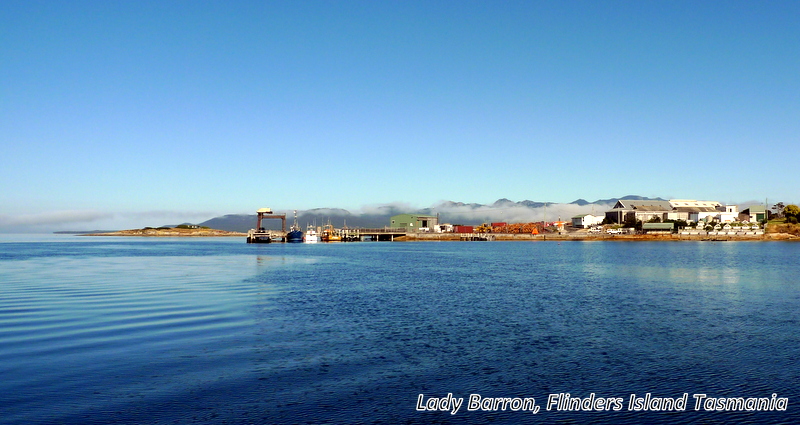


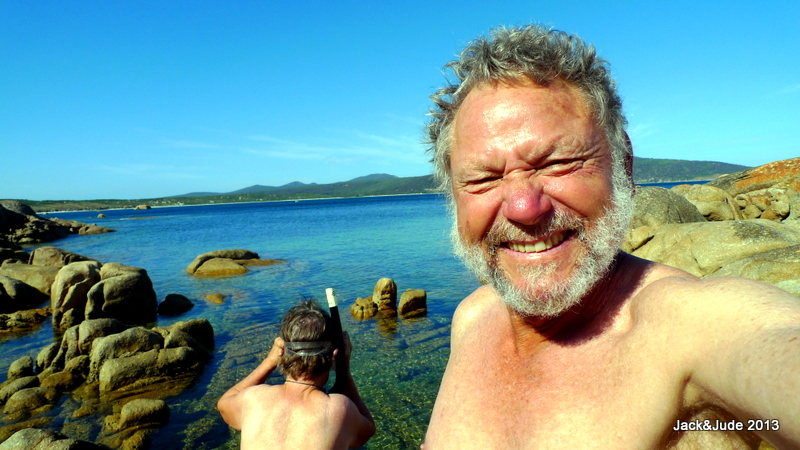
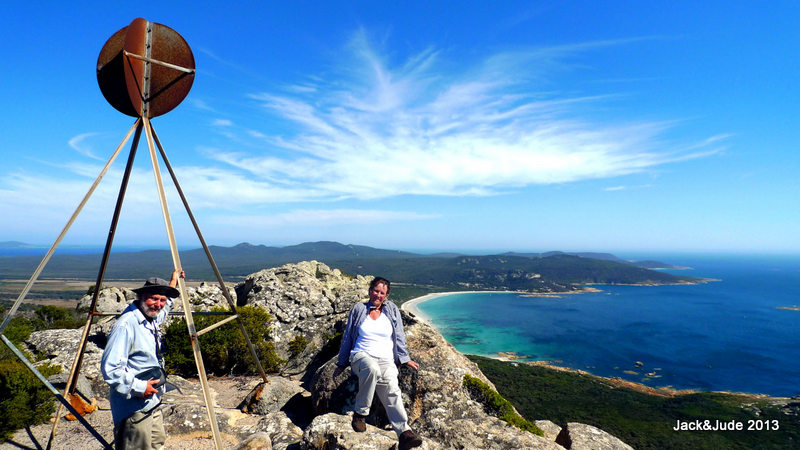

I bought your book/video for my son David 53 years old, who has an ambition to do what you are doing now with his wife on retirement, so i always fwd your e mails.
Must say, those pictures are truly great, we just loved them, and must go over it all again its so interesting. Alec and I admire you so much, you must be very fit!!!!!
Also GOOD CAMERA WORK.! May you enjoy years ahead.
Regards Zena & Alec Cutler, Wynnum, Brisbane Qld
hi guys. glad your trip continues on. i like to read your blog. you might be happy to know we have arrived back at geelong, the trip back from trouser bay where i met you was very flat and not much wind. we burnt alot of diesel. keep up the great work and enjoy your time. Paul.